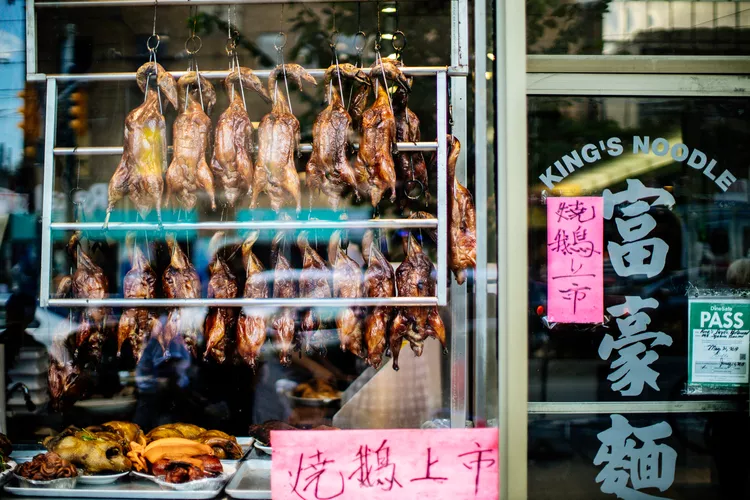Everything you need to know about Chinatown in Toronto
Toronto is renowned as one of the most multicultural cities worldwide. The blending of various cultures profoundly influences the city’s streets, neighborhoods, and diverse culinary landscape. One of the most captivating neighborhoods to explore in Toronto is Chinatown. A walk through its vibrant shops, tantalizing restaurants, food stalls, and bustling produce markets immerses visitors in the lively Asian community. Whether you’re visiting for the first time or are a Toronto resident, Chinatown warrants an exploration. Here’s everything you need to know about visiting Toronto’s Chinatown.
1. Overview and History
Toronto’s Chinatown is one of North America’s largest Chinatowns, with its history tracing back to the late 1870s when the first Chinese business, a laundry, opened. Many Chinese-owned enterprises emerged in a small enclave on Elizabeth Street between Queen Street West and Dundas Street West from the late 1800s to early 1900s. By the 1940s, Toronto’s Chinatown had become the third largest after Victoria and Vancouver, British Columbia. However, the original location was displaced due to plans for a new Toronto City Hall, prompting a significant relocation of its inhabitants and businesses to the current location. Today, Chinatown continues to evolve while remaining one of the city’s most colorful and intriguing neighborhoods.
2. How to Get There
For visitors, utilizing public transit is the easiest way to reach Chinatown, thus avoiding the hassle and cost of parking. Toronto’s Chinatown extends along Spadina Avenue between Sullivan and College Streets, and along Dundas Street West between Augusta and Beverley Streets. The King streetcar (number 504) is a convenient option; simply ride to Spadina and proceed two blocks north. Alternatively, the Dundas streetcar (506) stops at Dundas and Spadina, or you can take the subway to St. Patrick station and walk two blocks west towards the main attractions. The Spadina streetcar (510) directly traverses Chinatown, serving as another useful connection. You can enjoy Chinatown throughout the year.
3. What to See and Do
To fully embrace the vibrant atmosphere, exploring Chinatown on foot is highly recommended. Visitors can discover an array of stores, herbal remedy shops, cafes, restaurants, and produce markets scattered throughout the area. Furthermore, Chinatown is located near the impressive Art Gallery of Ontario and the eclectic Kensington Market. Other notable spots within proximity include Bau-Xi Gallery, a premier destination for Canadian and international art, and Art Square Gallery, which features a charming café with an extensive menu.
Chinatown hosts two major festivals: the Toronto Chinatown Festival and Chinese New Year celebrations. The Toronto Chinatown Festival, founded in 2000, showcases traditional and contemporary Asian dance groups, live bands, musicians, Asian street food, and other lively entertainment options.
4. What to Eat and Drink
A visit to Chinatown would be incomplete without indulging in its diverse culinary offerings. The area is brimming with restaurants featuring various Chinese and other Asian cuisines, ranging from cozy hole-in-the-wall spots to upscale dining and all-day dim sum. Wandering through the neighborhood and reading menus will help you discover the perfect meal. Some excellent options include:
- Swatow for authentic Cantonese dishes
- Greens Vegetarian Restaurant for vegetarian Chinese options
- Mothers Dumplings for delightful dumplings
- Taste of China specializing in seafood
- King’s Noodle Restaurant for hearty bowls of noodle soup
- Rol San for freshly made dim sum
- House of Gourmet for its extensive menu featuring hundreds of items
5. Tips and Things to Know
- Although Chinatown is open year-round, the warmer months are ideal for experiencing its vibrant energy.
- This neighborhood is a great location to find and purchase Asian ingredients that might be less accessible in other parts of the city.
- Chinatown can become quite crowded, so practicing patience while navigating through will enhance your experience, allowing you to take in all the sights and sounds.




